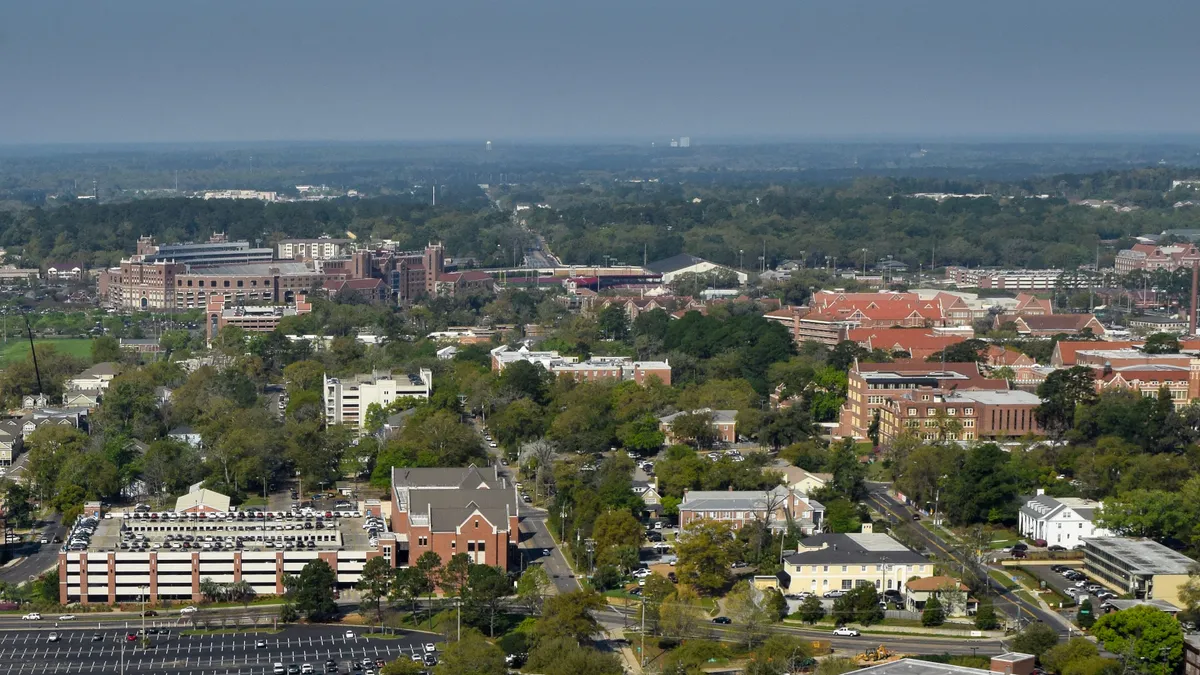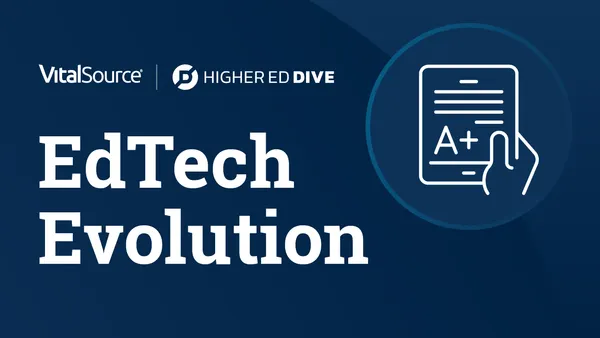A large majority of U.S. adults say the cost of attaining a college degree is more expensive than it actually is — a perception that may cause some to forgo education beyond high school, according to a May report from Strada.
Among adults , 77% say college is unaffordable, according to Strada’s November 2024 survey of over 2,000 people. And 65% somewhat or strongly agreed that college is prohibitively expensive, regardless of how motivated the student is. But most people significantly overestimated the cost of attending both two- and four- year public institutions, the report found.
According to Strada’s latest report, 1 in 5 people “substantially overestimate” the cost of attending community college — reporting that the cost is more than $20,000 annually. A majority estimated that it costs more than $10,000 a year. In actuality, the average student pays about $6,000 annually, the report said, citing College Board data.
For public four-year institutions, just 22% of the survey’s respondents correctly identified that it costs the average student between $20,000 and $30,000 annually to attend, with about 35% believing it costs $40,000 or more.
These misperceptions are often fueled by the complex financial aid process and a lack of transparency surrounding the true cost of attending college, as many students are unaware that the price of attendance is often much less than the sticker price, the report added. That’s an issue that many colleges have tried to address in recent years.
“When students and families believe that college is out of reach financially, it can influence key decisions that shape college-going behavior, from which classes they choose in high school to whether they begin saving for college,” said Justin Draeger, senior vice president of affordability at Strada and a co-author of the report.
Strada’s findings follow a host of other research papers and surveys indicating that a growing number of adults say the value of a college degree is not worth the cost. However, research has shown that college graduates often have better financial outcomes than those who did not receive a diploma beyond high school.
The cost of price misconceptions
The cost of attending college is expensive and can be challenging for many students and families to afford, said Draeger. But when factoring in financial aid, the cost is more affordable than people realize, he said.
Overall, 37% of adults said the cost of college was not affordable at all, and 40% said it was not very affordable. Just 18% thought it was somewhat affordable and 5% indicated it was either extremely or very affordable.
A whopping 85% of adults said the cost of attending public four-year institutions is too high. And while community colleges are generally viewed as more affordable, two-thirds of adults said the cost of attending them was too expensive.
Misperceptions abound the cost of community college undercuts one of the strongest value propositions it has: affordability, said Draeger. For four-year schools, those perceptions can compound a range of existing issues, such as declining public trust in the value of a four-year degree and public backlash that exacerbates enrollment declines, he said.
They could also veer some adults from higher education altogether. About 40% of people do not enroll in college immediately after graduating high school, and just 54% of U.S. adults ages 25 to 64 have a postsecondary credential, the report said.
It also points to “a systemic failure in the way we price and market college,” said Draeger. Financial aid and financing systems are “complex, multistep and opaque, and filled with unfamiliar terminology and jargon,” he said.
A growing number of colleges have sought to counter sticker price misconceptions by resetting their cost of attendance to better reflect the amount students typically pay after factoring in institutional scholarships.
Institutions can also help address the issue by standardizing financial aid terminology, said Draeger. As of June, over 700 institutions have done exactly that through the College Cost Transparency Initiative.
Colleges should also embed price transparency and predictability into their enrollment strategies, Draeger said. That would make “it easier for students to understand what they’ll pay and why, and what sort of return they can expect from their degrees,” he added.




















